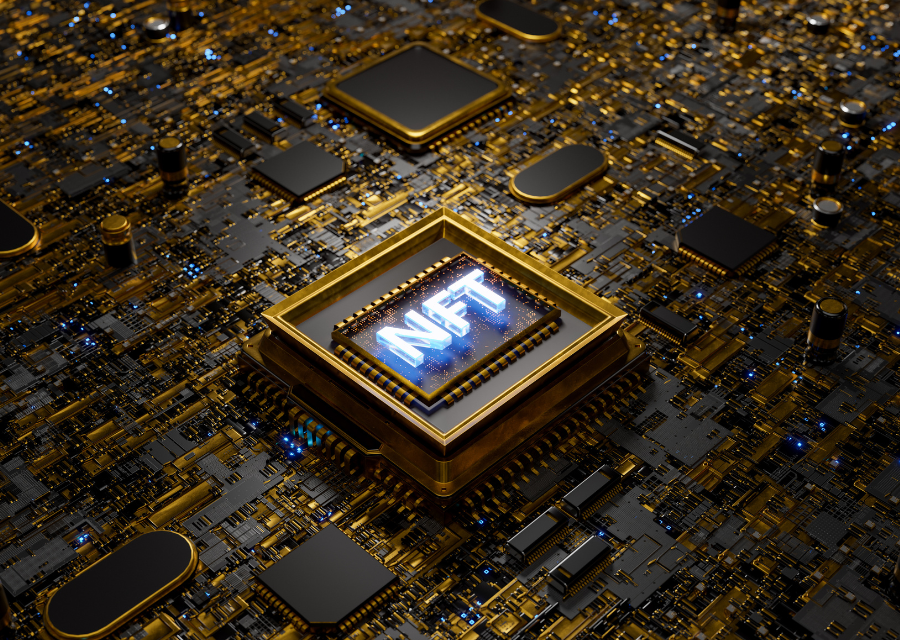The internet as we know it today is centralized but there is a way for decentralized online identity
The internet as we know it is centralized. But that wasn’t always the case. In the early days of the internet, it was decentralized. That meant that there was no one single authority that controlled it. But over time, as the internet became more and more commercialized, that changed.
Now, just a handful of large companies control most of the internet.
What if there was a way to decentralize our digital identity? Instead of having our information scattered across the internet, we could keep it all in one place. And what if that place was on our phones? Then we would always have our digital identity with us, and we could control who had access to it.
Blockchain and NFTs offer a way to do just that
Blockchain is a distributed database that allows for secure, transparent, and tamper-proof transactions. NFTs are digital assets that can be stored on a blockchain and represent digital asset ownership.
Secure transactions are a breeze with blockchain. By distributed database, we mean that data is stored and verified across a network of computers rather than in one central location. So, you can trust that your transactions are secure.
NFTs are digital assets that can be stored on a blockchain. They’re often used to represent ownership of digital goods like images, audio files, and videos. Some people believe that NFTs will revolutionize how we think about rights and values.
Together, these two technologies can be used to create a decentralized digital identity. Here’s how:
Blockchain technology can be used to store your data securely and transparently
Blockchain technology can be used to store your data securely. Using a decentralized platform, you can rest assured that your information is safe from hackers and other malicious actors.
NFTs can be used to represent your ownership of your decentralized online identity
With the rise of blockchain technology, a new asset class has emerged: non-fungible tokens, or NFTs. These tokens can represent ownership of digital assets.
So why would you want to use an NFT to represent your data? For one, it provides security and immutability that other methods simply can’t match. Plus, it gives you the ability to prove ownership and control over your data in a safe and reliable way.
So, if you’re looking for a way to protect your data and ensure that you have complete control over it, an NFT may be the perfect solution.

Decentralized online identity can be used to access web applications and services without the need for a central authority
For example, you can sign into websites with your blockchain identity instead of a username and password. A decentralized digital identity can help you prove your identity without giving a third-party access to your sensitive information. You own and control your digital identity.
Digital identities on the blockchain are encrypted, and only you have the key. Digital identities are portable: you can take them from one service to another. Finally, digital identities are secure: they are much harder to steal or fake than traditional login credentials.
Digital identity solutions allow you to take control of your data by moving it from centralized repositories to encrypted data vaults where only you have the keys to unlock it. Doing this dramatically reduces the risk of your data being stolen or compromised.
You can choose what information you share with whom, and you can revoke access to your data anytime. This, in turn, prevents malicious actors from ever collecting your data in the first place.
With your identity on the blockchain, you have a globally trusted and immutable record of your identity that you can share with any organization you choose, whenever you want. This way, you don’t have to worry about your data being compromised when you decide to share it.
Check out our blog posts if you’re interested in learning more about how blockchain and NFTs can decentralize your digital identity. We’ll go into more detail about how these technologies work and how they can be used to create a decentralized digital identity.
